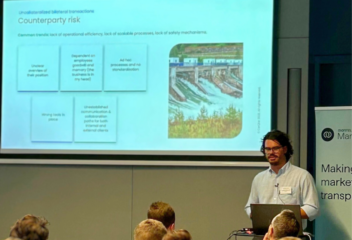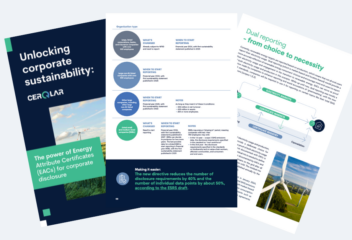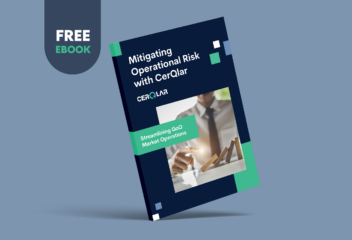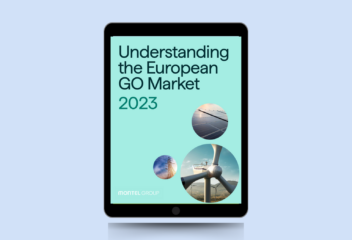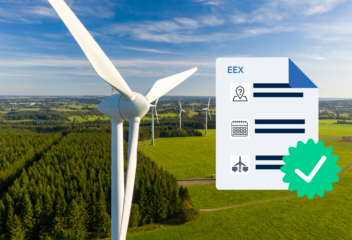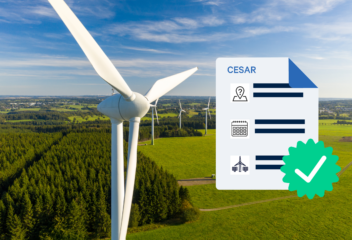Your guide to guarantees of origin
The renewable energy revolution is spreading across Europe, bringing with it new economic opportunities. Accelerated by green legislation passed by individual countries and the EU, as well as growing social consciousness, the drive towards utilizing more renewable energy is stronger than ever before. Past economic goals have been pushed forward, and the EU is determined to find cost-efficient ways of achieving its increased goal of cutting greenhouse gas emissions by 55% by 2030.
This has led to new developments in the renewable energy industry, both directly through the discovery and evolution of new sources of renewable energy and adjacent technology and the economic opportunities that surround them, creating an active trade market specializing in renewable energy certificates, or as they’re best known in Europe GO or GoO (guarantee of origin) certificates.
In this article, we answer some of the most prevalent questions about GOs, their trade, and the industry surrounding them.
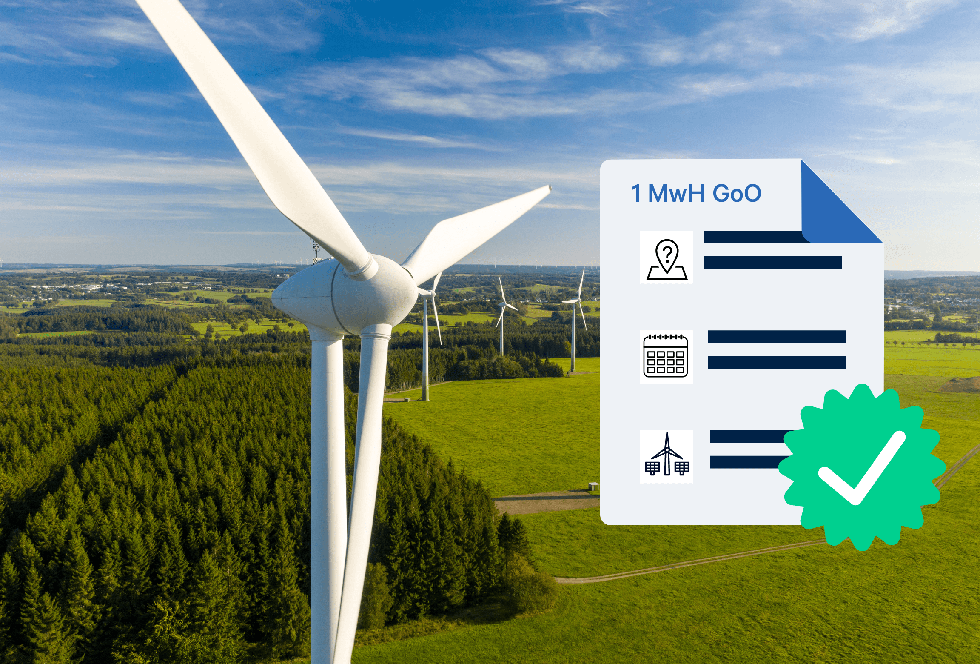
What are GO certificates?
GO or GoO stands for “Guarantee of Origin”. GO certificates are electronic certificates that prove that the electricity the certificate represents was produced from a source of renewable energy. Each certificate represents one MWh (megawatt hour) of energy, so as more renewable energy sources are used to generate electricity, more certificates will begin to circulate in the market. GoOs can be traded as an asset between producers, consumers, and traders.
GOs are traded via contracts among market participants to serve as documentation for the electricity they provide or consume or to prove to end consumers that the power they supply originates from a renewable energy source. Once the electricity a certificate represents has been physically consumed or reaches its expiration date, the certificate is canceled from the certificate registry (more on registries later), meaning that the electricity has been allocated to a single end user. Canceling a GO on the relevant registry is the only way to remove a certificate from the market permanently.
Using a standardized guarantee of origin certificate to trace electricity makes it possible to:
- Control the quality of renewable energy
- Track ownership of power generated by renewable sources
- Verify claims made by suppliers about the amount of renewable energy they use
The certificates ensure that each MWh of energy is only sold and used once.
How are certificates of origin issued?
Guarantees of origin are issued electronically by issuing bodies accredited by the AIB (Association of Issuing Bodies). Issuing bodies include registries, which can be general, such as Stattnet, or for a specific geographic location, such as HKNR’s UBA from Germany, or Italy’s GSE . While some registries are tied to a specific location, they are generally non-governmental organizations that have received AIB accreditation, allowing them to issue GOs.
In addition to issuing GoO certificates, registries also supervise the transfer and cancellation process, including the trading of certificates within their jurisdiction. These activities can occur independently of the production of certificates. Under the AIB GO exchanges follow a standardized system known as the European Energy Certificate System (EECS).
What is the EECS?
The AIB developed the EECS to act as a standardized system for European GOs. The system is used by the over 20 countries that collaborate with the AIB and ensures that any certificates operating within its framework are consistent with EU law and any national laws that may be relevant. Additionally, it allows users to operate within a framework that’s recognized, reliable, secure, and interoperable. Most GO transactions take place under the EECS, and any market participant who plans to participate in transactions in the EU through the AIB must follow the market standards.
Why become a GoO market participant?
In addition to providing a wide variety of social and environmental benefits, the increased demand for green energy has created an economy centered around the trade of renewable energy certificates. Statistics shared by the AIB confirm that the GO industry has consistently experienced massive growth over the past few years. As achieving green goals becomes more of a priority for lawmakers and climate activists, the increased demand for green energy is likely to ensure this growth continues for the foreseeable future. More demand for green energy means that more GO certificates will be introduced into circulation, and the market will continue to grow.
At the same time, as the number of certificates increases, investors have begun noticing the economic potential of the GO trade industry, and the prices for certificates have also risen, along with the value of the market as a whole. These factors combine to make it the perfect time to begin investing in GOs while the market is still growing and the value of certificates continues to rise steadily. The value of a GO is inherently tied to the premium a consumer is willing to pay for it, which rises with the demand for green energy and the demand for certificates within the trade market, which will continue growing as more certificates enter circulation.
What is the future of the GO market?
As we’ve discussed, growing environmental awareness and new climate goals mean that the demand for green energy, and therefore the number of GOs in circulation, will likely only increase. While this growth is mostly positive for the GO market, it does present new challenges that market participants must contend with, like complicating the trade workflow. Like other industries that experienced massive growth, such as the financial industry, the GO market will need to make changes at an infrastructure level to increase the efficiency of the trade process, allowing GO traders to scale their activities and meet new demands.
Until now, the industry was fairly condensed, and GoO traders managed most of their workflow manually or with generalized tools such as spreadsheets. But as the market evolves and trades become larger and more intricate, keeping track of inventory manually becomes too complex, and the cost of potential errors becomes too high. The GO industry is in desperate need of a technological solution that can address environmental workflow challenges by providing support that meets the requirements of the GO trading community.
Simplify your environmental certificates workflow with Cerqlar
CerQlar is the first solution created for the GO market by market participants.
The solution allows market participants to automate their workflow for the entire post-trade lifecycle, from providing automated trade capturing and contract templates to allowing market participants to manage their portfolios and make long-term trading decisions.
By automating the workflow and providing a portfolio management platform, CerQlar has become the technological infrastructure the GO industry needs to embrace its growth and move forward. With CerQlar, users can expand their activities to new scopes, and market newcomers can navigate their portfolios quickly and easily.
Whether you’re familiar with the GO industry or just jumping in, get in touch with CerQlar to learn how you can start automating your workflow today.




